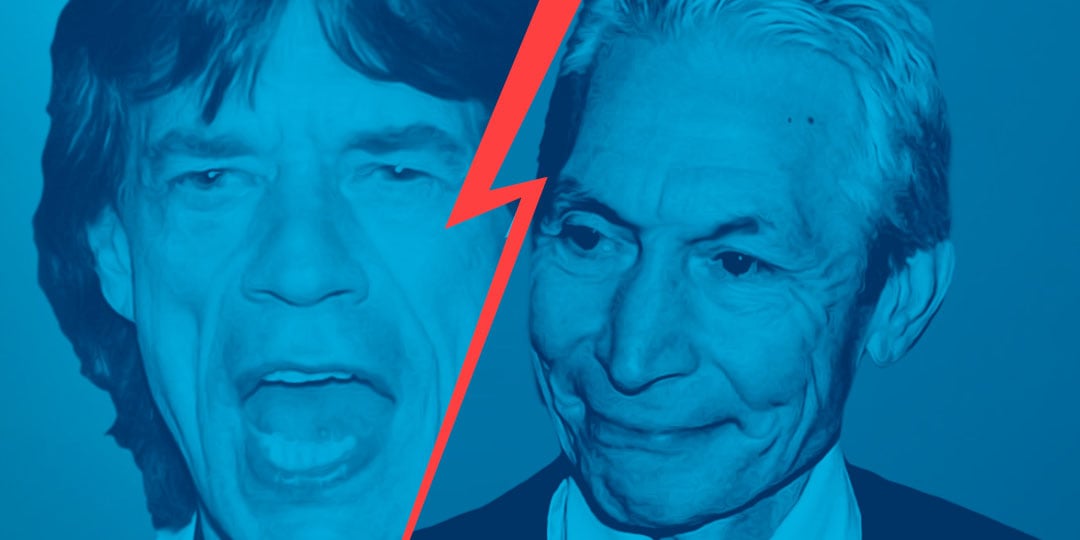How Multi-Zone Sourcing Can Save Your Supply Chain – And Your Sanity
Let’s face it, the past few years have been a crash course in supply chain fragility. If you’re a CEO or senior manager in manufacturing, you've...
All tasks in Shop Floor Management -
digitally supported with the functions of ValueStreamer®.
ValueStreamer® as a leadership tool supports the continuous improvement of processes and the optimization of collaboration.
Optimize processes in all areas of your business with digital Shop Floor Management. Learn more about the use cases.
3 min read
Stephan Albrecht
:
Aug 27, 2024 10:04:00 AM

In the world of leadership, understanding different styles isn't just about knowing the definitions; it's about embracing the essence of how we lead. Leadership isn't a title; it's a mindset. It's about serving those we lead, inspiring them, and creating an environment where everyone can thrive. Today, we'll explore six leadership styles that have the potential to transform your leadership journey and, ultimately, your team’s success.
Definition and Characteristics: Servant leadership isn't about wielding power; it's about empowering others. It's about putting the needs of your team first and fostering a culture of trust and collaboration. When leaders prioritize the growth and well-being of their team, extraordinary things happen.

Real-World Example: Tony Hsieh, former CEO of Zappos: Tony's legacy at Zappos isn't just about profits; it's about happiness. He built a company culture centered around employee satisfaction and service, proving that when you serve your team, they will serve your customers with passion and dedication.
Pros:
Cons:
Definition and Characteristics: Democratic leadership is about inclusion. It’s about valuing the input of every team member and making decisions collectively. When leaders embrace this style, they unlock the collective genius of their team, fostering a culture of innovation and engagement.

Real-World Example: Indra Nooyi, former CEO of PepsiCo: Indra's leadership was marked by her ability to listen. She valued diverse perspectives and encouraged open dialogue, making everyone feel their voice mattered. Her approach transformed PepsiCo into a more inclusive and innovative company.
Pros:
Cons:
Definition and Characteristics: Transformational leadership is about vision. It's about inspiring your team to see beyond the ordinary and strive for the extraordinary. Transformational leaders ignite passion and drive within their teams, leading to groundbreaking innovations and change.

Real-World Example: Jeff Bezos, CEO of Amazon: Jeff's vision for Amazon was never just about selling books; it was about transforming how we shop and live. His relentless pursuit of innovation and his ability to inspire his team to push boundaries have made Amazon a global powerhouse.
Pros:
Cons:
Definition and Characteristics: Transactional leadership is about structure. It's about setting clear goals and expectations, and rewarding performance. This style emphasizes order and consistency, ensuring that everyone knows what is expected and how they will be rewarded.
Real-World Example: Bill Gates, co-founder of Microsoft: Bill's approach to leadership was methodical and performance-oriented. By setting clear goals and establishing a structured environment, he was able to drive Microsoft to unparalleled success.

Pros:
Cons:
Definition and Characteristics: Autocratic leadership is about decisiveness. It's about having the clarity and confidence to make decisions quickly and effectively. While it may seem rigid, in times of crisis or when quick decisions are needed, autocratic leadership can be incredibly effective.
Real-World Example: Steve Jobs, co-founder of Apple: Steve's leadership style was often autocratic, but it was his clarity of vision and decisive nature that led Apple to create revolutionary products. His ability to make quick decisions and drive his team towards a unified goal was unparalleled.

Pros:
Cons:
Definition and Characteristics: Situational leadership is about adaptability. It's about recognizing that no single leadership style fits all situations. By being flexible and adjusting your approach based on the needs of your team and the situation, you can lead more effectively.
Real-World Example: John Wooden, legendary basketball coach: John Wooden's ability to adapt his coaching style to fit the needs of his players and the demands of the game made him one of the greatest coaches of all time. His situational approach ensured that he got the best out of his team, regardless of the circumstances.

Pros:
Cons:
Forward-Thinking Perspective: As we navigate the complexities of modern leadership, one thing remains clear: there is no one-size-fits-all approach. The best leaders are those who understand the strengths and limitations of each style and are willing to adapt and grow. By embracing a flexible, hybrid approach, you can create a leadership style that not only meets the needs of your team but also drives innovation and growth.
Leadership is a journey, not a destination. It requires continuous learning, self-awareness, and a deep commitment to serving those you lead. As you explore these leadership styles, remember that the goal is not to fit into a predefined mold, but to find the approach that allows you to lead with purpose, inspire your team, and create a lasting impact.

Let’s face it, the past few years have been a crash course in supply chain fragility. If you’re a CEO or senior manager in manufacturing, you've...

What’s Going Wrong, and What You Can Do About It If you manage a mid-level manufacturing company, you know the pressure of meeting yearly goals. But...

When we think of Halloween, images of haunted houses, spooky masks and eerie fog may come to mind. But what if we told you that these elements are...

"Great leaders don't set out to be a leader... they set out to make a difference. It's never about the role—always about the goal." — Lisa Haisha.

1 min read
A painful lesson in leadership skills Keith Richards told Peter Jennings the following story in an interview with Rolling Stone: "A drunken Jagger...
The Secrets Of True Collaboration - Part 4 THE BASIS OF EFFective leadership: SHOP FLOOR MANAGEMENT In previous articles, we have focused very...